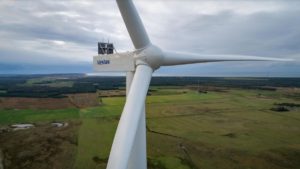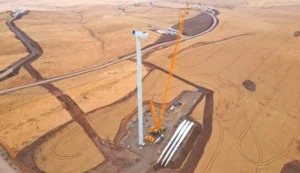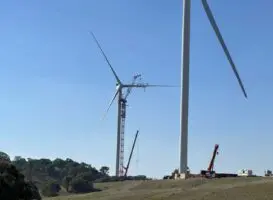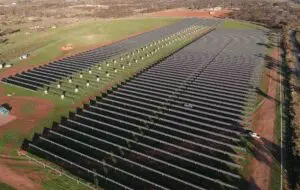Tasmania is widely regarded as Australia’s long time leader in renewables, thanks to its immense hydro resources that have enabled it to source most, and often all, its local electricity needs through renewables.
In the past few months, however, Tasmania has been knocked off its perch – at least temporarily – by South Australia, which has no hydro and is entirely dependent for its renewable energy on wind and solar.
Data from OpenNEM shows that `72.5 per cent of South Australia’s electricity demand has been met through wind and solar in the two and a bit months of the new financial year, including a 79.4 per cent share of wind and solar in the month of August alone.
Tasmania has boasted only a 68.6 per cent share of renewables in the first few months of the new financial year, including just 66.2 per cent in July.
Tasmania’s decline is largely due to the conservation of its hydro resources in the face of a dry winter, and hydro has provided just half of the state’s power needs so far in fiscal 2025, with imports from Victoria providing 23 per cent, wind 16.4 per cent, and the newly-revived gas generators just over 10 per cent.
The share of hydro has even fallen to an instantaneous low of just 8.2 per cent in August, according to GPE NEMLog, although the use of hydro may now change after the huge weather system brought flooding to the state in the past few days.
What’s also notable about the fiscal year to date is that South Australia – because of its higher share of renewables – has had a cleaner grid as well, with average emissions intensity of 230kg of CO2 per megawatt hour, compared to 250kgCO2/MWh in Tasmania.
Depending on how the state owned generator deploys its hydro assets in Tasmania this spring it is likely that South Australia will hold on to its new title, at least for a while. Over the past week, South Australia has averaged 101.2 net renewables, meaning it is exporting surplus power to Victoria, and importing less when needed.

And South Australia could seize the mantle permanently should it reach – as it is now legislating to do – 100 per cent net renewables by 2027.
Over the past week, as this graph above illustrates, wind and solar have met more than 100 per cent of the state’s demand. The excess has been exported.
Another four new battery storage projects in the state have won underwriting agreements under the first Capacity Investment Scheme, taking the number of battery projects under construction and commissioning to seven, along with the four already operating in the state.










